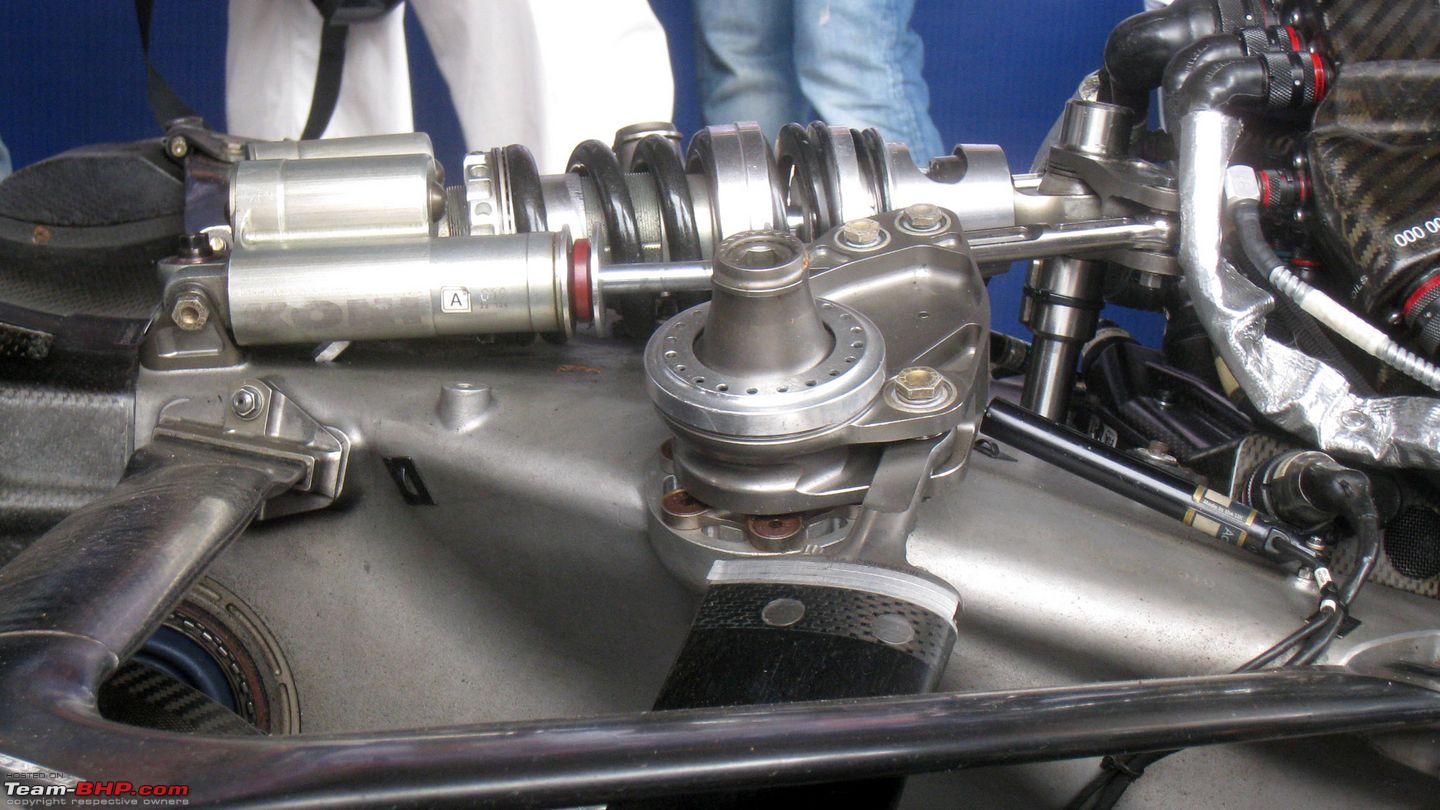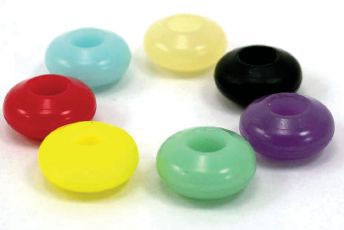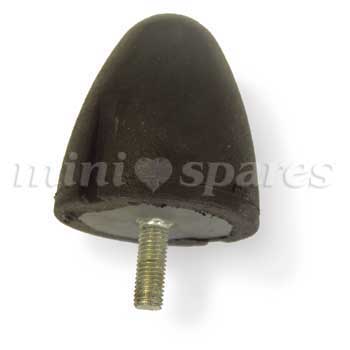Apparently no one likes my bump-stop theory?djos wrote: ↑01 Mar 2022, 00:23It just occurred to me that in some racing series they use Bump-stops to control minimum ride height. How easy would it be for F1 teams to do the same?
eg:
https://www.resuspension.com/news/post/ ... thy-level/
“NASCAR was the first to do it,” he said. “We figured out that if we took all the spring rate out of the front and set the car down on the bump stops, we would keep a lower dynamic platform, which was better for aero and everything else. When we took those cars and tried to make them more like go-karts, we figured out that they worked better because, as the car travels up and down, your camber
curves and dynamic wedge numbers change. When we can take those variables out of the equation, the car works better. The car’s lower so the center of gravity is better, and the aero becomes more stable.”
The end result functions much like a dual rate or stacked spring setup might, but this approach allows for more dramatic changes than springs can typically provide. “The problem is that the rate split that we need is often very hard to do with a typical dual rate
spring,” Enders added. “And because we need to travel these cars so far, packaging can become an issue with a stacked setup. This approach is compact and easy to tune.”
- Login or Register
No account yet? Sign up







